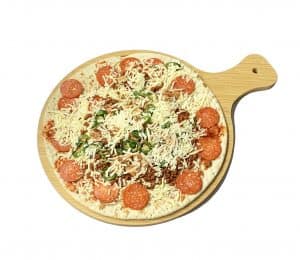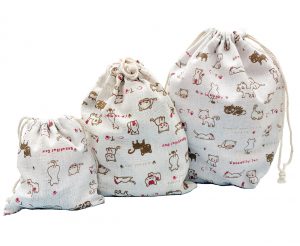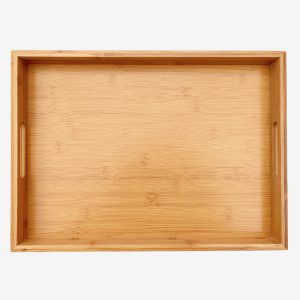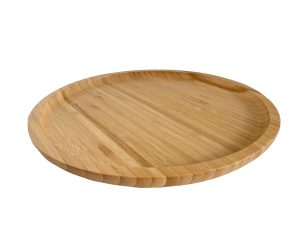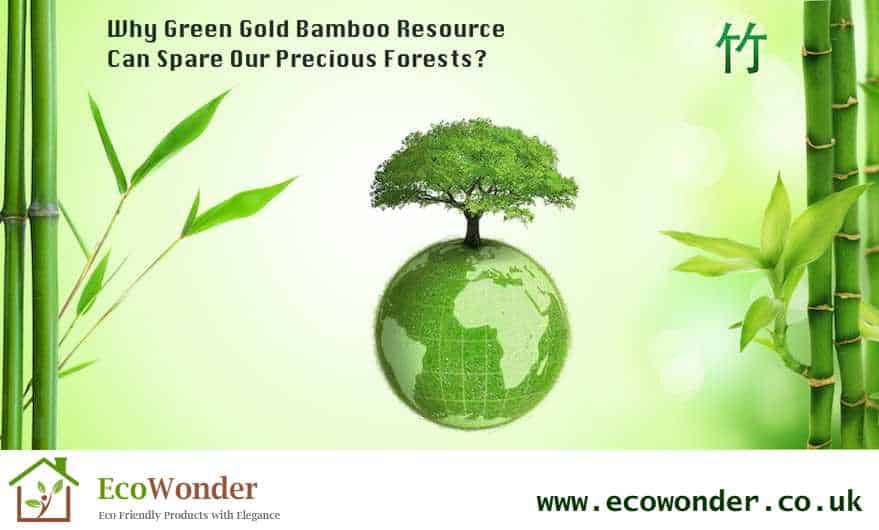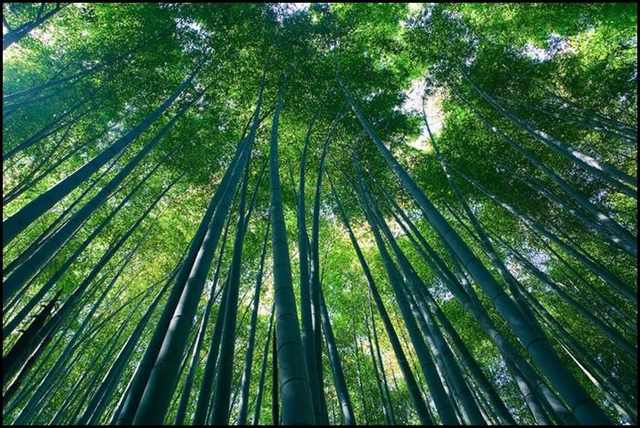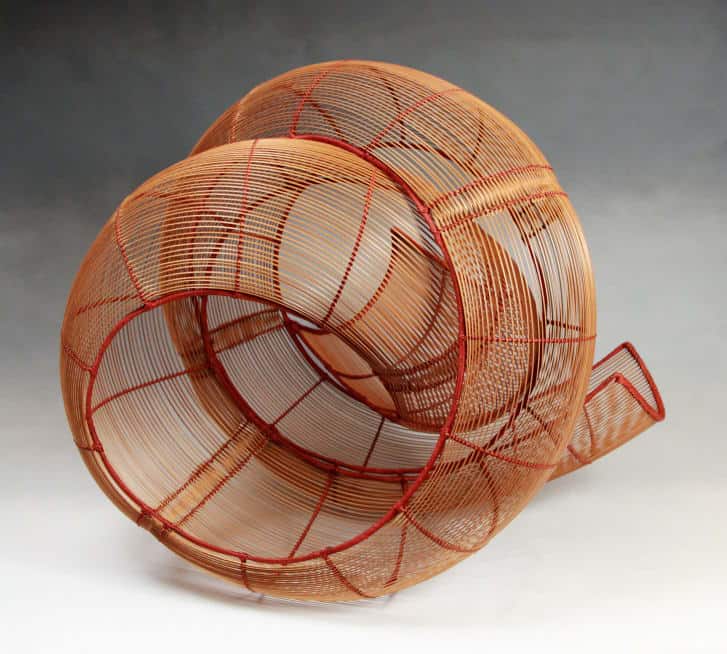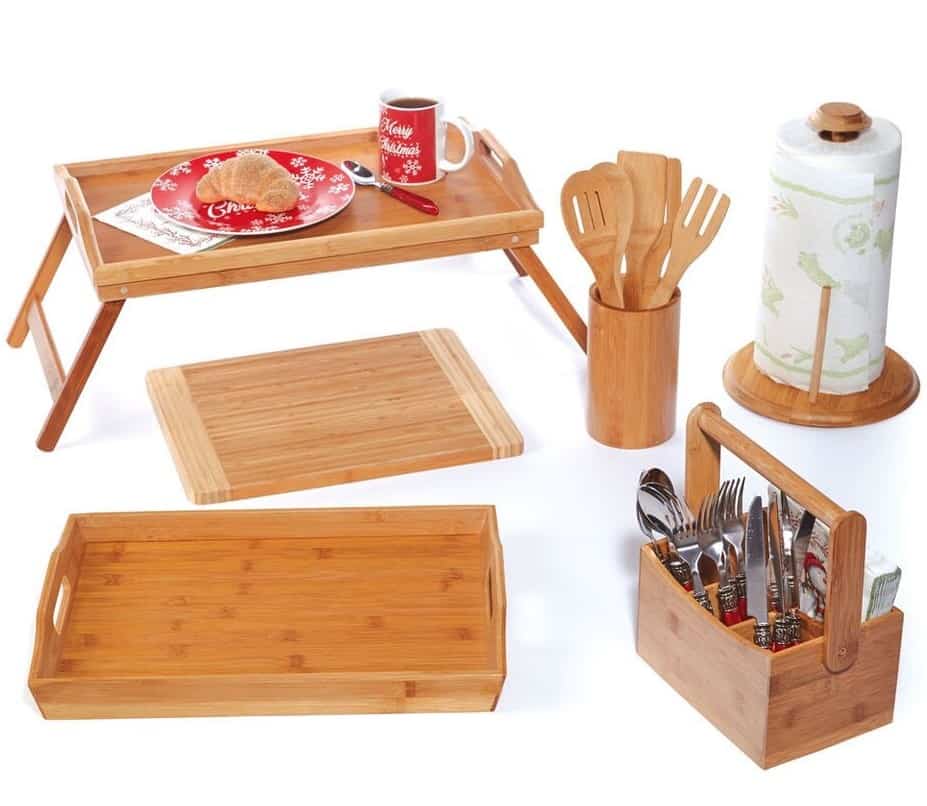Whether for framing a new addition, building a deck or making a piece of furniture, wood is usually the go-to material. However, there are environmental costs and structural drawbacks to many traditional wood products. Bamboo is often considered as wood, but this renewable, durable grass surpasses other common hardwoods when it comes to durability, strength, and renewability. Consumers and manufacturers are now taking a fresh look at all that this amazing plant has to offer and use bamboo resource in all kinds of settings.
Resource Considerations
Originally from the humid, tropical regions in Southeast Asia, bamboo grass has grown to be quite adaptable. Different species of bamboo are native to diverse climates around the world—from sub-Saharan Africa to northern Australia and South America. Bamboo’s rapid regeneration and ability to be cut without killing the plant have earned it kudos within environmental circles. Here are some top reasons that bamboo resource will save the planet:
-
Amazing Growth Rate
Growing at an impressive rate of up to 3.5 feet per day, it’s truly a sustainable resource. To put that into perspective, an average oak tree grows about twelve inches annually, meaning the bamboo plant grows over 1,000 times as fast as oak and most other hardwoods!
-
Renewable resource
Depending on the species, bamboo can be harvested in 3-4 years. Hardwoods like oak take 60 years to restore. Almost 1 million acres of forests are lost each week worldwide to deforestation. Bamboo’s versatility as a substitute for hardwoods offers a chance to dramatically reduce that figure and protect the forest resources.
-
No Pesticides and fertilisers
As a grass, bamboo is extremely adaptable and resilient. Bamboo doesn’t require petrochemicals or artificial pesticides, making it both cost effective and toxin-free. Bamboo can also sequester nitrogen and cultivation does not add chemicals to the environment.
-
Absorbs Greenhouse Gases
As it grows and photosynthesize, bamboo absorbs carbon dioxide (CO2) and emit oxygen (O2) more efficiently than most hardwood trees. By sequestering carbon, plants reduce the atmospheric concentration of carbon dioxide, which is the main contributor to climate change.
-
Soil Protection
Once hardwood forests are clear-cut and the stumps are burned to provide fertilizer and space for growing crops, erosion inevitably occurs as the topsoil and nutrients are washed away by rainfall. The eroded soil then clogs rivers and streams and affects the lives of people and animals living downstream. Bamboo roots remain in place after harvesting where they prevent erosion and help retain nutrients for the next crop.
-
Versatile
Unlike wood, bamboo has no rays or knots, allowing it to withstand high amounts of pressure. The dense fibres in bamboo can give the plant extreme flexibility, allowing it to bend without breaking. Bamboo can replace the use of wood for nearly every application. From paper, flooring, kitchenware like cutting boards, as well as fences, furniture, and much more.
-
Economic Development
In less developed countries where unemployment leads to civil unrest, bamboo production and the manufacturing of bamboo products provides job opportunities in areas that desperately need social and economic stability.
Culture and Aesthetics Value of Bamboo
Bamboo has a long history of economic and cultural significance, primarily in East Asia and South East Asia where it has been used for centuries for everything from building material to food to medicine. The lightness, strength, flexibility and cylindrical structure of bamboo is suited to functionality as well as artistic applications, it has been used to craft instruments for Buddhist rituals, tea ceremonies, flower arranging and, in recent times, contemporary works of art and design.
In traditional Chinese culture, bamboo is a symbol of oriental beauty. It represents the character of moral integrity, resistance, modesty and loyalty. It also stands as an example of loneliness and elegance, among others. This value becomes one of the major themes in Chinese painting, calligraphy and poetry. For thousands of years, generations of artists praised bamboo in the name of this spirit. Because of its sturdy root structure, it is a symbol of prosperity in Japan. Simple and unadorned, the bamboo is also symbolic of purity and innocence. “Take o watta youna hito” in Japanese literally translates into “a man like fresh-split bamboo” and refers to a man with a frank nature.
In recent years, bamboo art has gained a growing popularity in Western society and, with some pieces selling for tens of thousands of pounds. This intricate art form uses the versatile bamboo material to give rise to all sorts of fantastic creations. Taking its inspiration from the ancient art of bamboo weaving, it’s not just about the creation of functional items such as mats or baskets. Rather, contemporary bamboo artists and craftspeople create a range of surprising and mesmerizing artworks, from delicate sculptures to beautiful, dynamic pieces. Due to its unique features of bamboo, a material that has many opposing qualities — it’s simple but also really strong; it can be both powerful and delicate, bamboo is apt for more abstract expressions for contemporary artists.
Modern Application of Bamboo
Bamboo Furniture
Compared with wooden furniture, bamboo has stronger physical and mechanical properties. Therefore, under the same load-bearing strength, bamboo furniture can meet the strength requirements with a smaller size, making the overall appearance of the furniture lighter and more compact. Bamboo’s moisture and heat absorption properties are better than wood, it can adjust the environmental humidity and feels warm in winter and cool in summer.
Many people do not know that bamboo has the function of absorbing ultraviolet rays. If bamboo furniture is used, the eyes will feel comfortable when living indoors, which can prevent the occurrence and deterioration of eye diseases such as myopia. In addition, bamboo has good sound absorption and sound insulation characteristics, which can effectively eliminate noise and make the room appear more peaceful.
Bamboo furniture has a fine grain and is available in many stains and finishes. Your style doesn’t need to be compromised when you add fashionable bamboo furniture and accessories to your home. The current bamboo furniture incorporates state-of-the-art creativity and design, which not only retains the beautiful patterns of bamboo wood, but also has a simple and practical appearance, which meets the aesthetic needs of modern people.
Bamboo home furniture comes in more varieties of styles and finishes than before. Furniture designers are using bamboo in innovative designs, either in all-bamboo or composite materials. You can find bamboo chairs, bamboo tables, bamboo bar stools, and bamboo bookshelves, just to start. They even make bamboo beds and bamboo sheets.
Bamboo in Construction
Bamboo’s strength, flexibility, and ready availability have made it a dominant building material throughout much of the world for centuries. As it is light and tough with elasticity and bearing capacity, bamboo is an ideal structural material and is used for the construction of scaffolding, bridges and structures, houses. Today, some group in Asia, like the Dai people in Laos, still live in the two-storied bamboo stilt houses — the upper floor of the house contains bedrooms, kitchens and balconies, and the ground floor is used to house poultry and domestic animals. As an elegant material with an extremely low carbon footprint, bamboo architecture is growing in popularity. It can be used in all kinds of things, including exterior sheathing, structural spines, interior screens, ventilation systems, canopies, stairs, ceilings, and walls in modern construction. With the world increasingly concern of environment, we may expect to see more of this sustainable and renewable building material in our future homes.
The most common use of bamboo in Western construction has, by far, been as a flooring material. As an attractive and sturdy alternative to hardwood flooring, bamboo is tough to beat. According to Pacific Northwest green building supplier Ecohaus, bamboo—one of the firm’s top selling flooring options—is harder, more moisture resistant and more stable than even oak hardwoods. Today, bamboo flooring is available in various styles and colours. Its eco-friendly nature, sustainability, durability, and perfectly pleasing aesthetics contributed to making bamboo flooring widely accepted, not only in the US but all around the world. The bamboo flooring industry is rapidly evolving as people are choosing an environmental-friendly flooring option as going green is the new trend!
Bamboo Houseware
In addition to the large pieces of furniture, bamboo can be used to make many household objects that we commonly use in life. Bamboo can withstand everyday use and far more resistant to damage than traditional hardwoods. When made into cutting boards, bamboo can take the beating of repeated knife use and still remains its charm, and bamboo is gentler on knife blades than other woods. Bamboo has the characteristics of moisture absorption and corrosion resistance, so it is suitable for use as serving/tea tray, plate/bowl, bathroom stands, kitchen racks and utensils. Bamboo kitchenware are also thought to be safer and more hygienic than wooden ones because bamboo does not absorb liquids easily and it has mild natural antimicrobial properties. A cluttered desk not only affects work efficiency, but also makes you feel bad. A compartmented bamboo storage organizer can cleverly use the space to arrange everything from mails, cosmetics and mobile phones to stationery and bath items.
Compared to wood and plastic, you will find bamboo houseware really easy to clean and maintain. Generally, bamboo houseware doesn’t require a lot of maintenance to retain their functionality and beautiful appearance. Do not use chemical cleaning agents to clean food stains from bamboo. To remove stains from brightly coloured foods, use coarse salt or baking soda. After cleaning with a dry or slightly damp cloth, you will see its natural shine even without applying polish. That’s because bamboo has raw natural oil to keep it fresh and shiny naturally for a long time. This also makes bamboo houseware mould and dust resistant.

